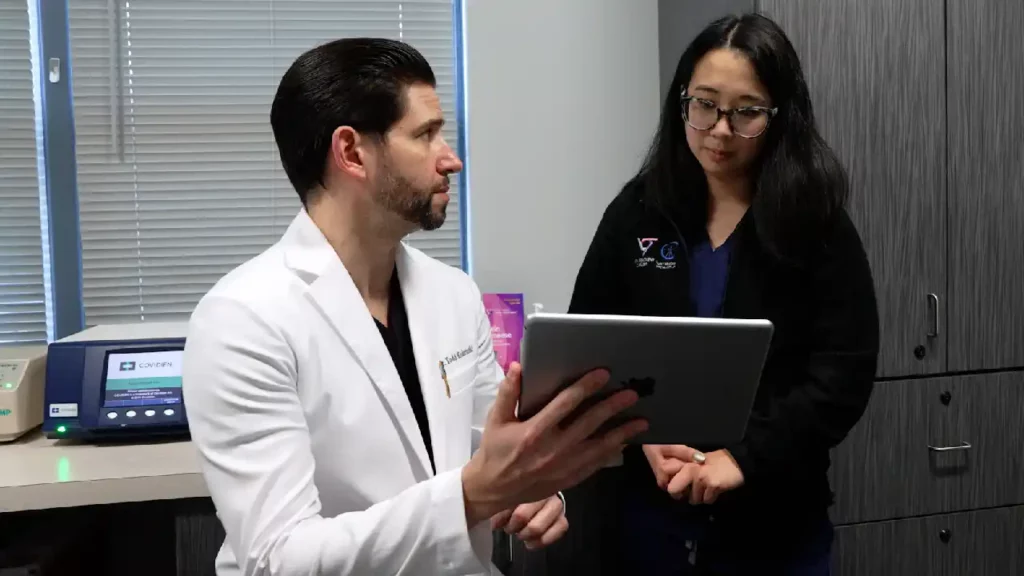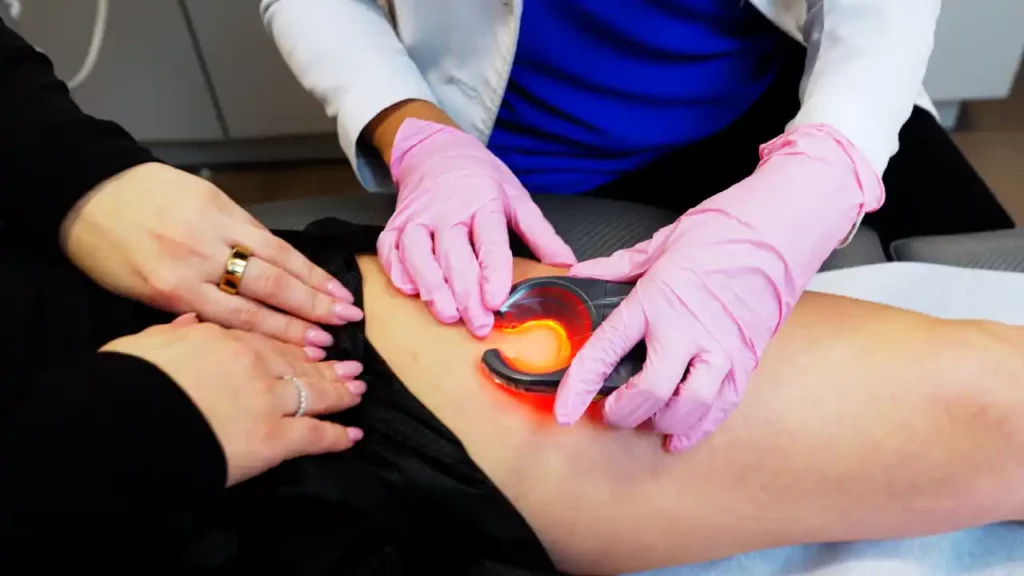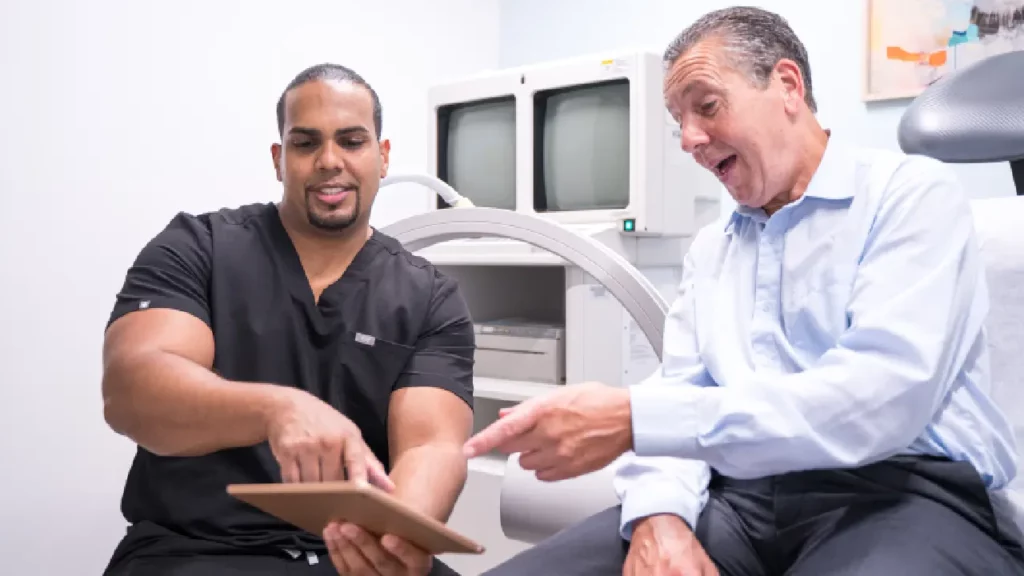Early Signs and Symptoms of Chronic Venous Insufficiency (CVI): Don’t Ignore These Warnings
Chronic Venous Insufficiency (CVI) is a medical condition that affects the veins in your legs, making it difficult for blood to return to your heart. If left untreated, CVI can lead to serious complications such as leg ulcers and deep vein thrombosis.
The good news is that CVI often presents early warning signs and symptoms that you can watch out for. The not-so-good news is that the early warning signs of CVI are so benign that they’re often misattributed to aging, exhaustion, pregnancy, or other factors. This makes CVI one of the most underdiagnosed conditions, and most patients only consult vein doctors once the symptoms escalate or they see spider veins and varicose veins, the most visible manifestations of underlying chronic venous insufficiency.
Vein Treatment Clinic is a group of state-of-the-art vein clinics specializing in cutting-edge, minimally invasive treatments for vein disease, spider veins, and varicose veins. Our board-certified vein doctors carefully examine your leg veins, discuss your symptoms, and administer advanced ultrasound tests to identify underlying vein disease. We use minimally invasive treatments to address the root cause of your vein problems and help you achieve healthy veins. If you have the signs and symptoms of vein disease, please schedule an appointment.
In order to consult a vein doctor, you need to first be able to identify vein disease at the earliest stages. The sooner you treat vein disease, the better. In this article, we explore the signs and symptoms of CVI, why they occur, and why it’s crucial not to ignore these warnings.
The Importance of Early Detection
Before diving into the signs and symptoms, it’s essential to understand what CVI is. CVI is a condition that occurs when the valves in the veins of your legs fail to function correctly. These valves normally prevent blood from flowing backward, ensuring that it moves in one direction – towards the heart. When these valves weaken or become damaged, blood can pool in the leg veins, causing increased pressure, swelling, and other symptoms.
Detecting CVI in its early stages is critical because it allows for timely intervention and management. When left untreated, CVI can progress and lead to severe complications, significantly impacting your quality of life. Early intervention not only alleviates symptoms but also reduces the risk of complications, such as venous ulcers and blood clots. Now, let’s explore the early signs and symptoms of CVI that you should be aware of.
Are you interested in getting more information about your condition or a treatment?
Fill the form below to start!
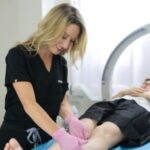
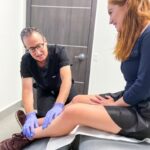
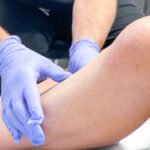
Leg Pain and Aching
One of the most common early signs of CVI is persistent leg pain and aching, especially after prolonged periods of standing or sitting. You may experience a dull, throbbing ache in your legs, often worsening towards the end of the day. This discomfort typically occurs in the calf area but can extend to the thigh and shin as well. The reason behind this pain is the buildup of blood in the leg veins due to faulty valve function. The increased pressure causes the veins to stretch, leading to the discomfort you feel. If you notice persistent leg pain, contact a vein doctor.
Swelling in the Legs and Ankles
Another early sign of CVI is edema or swelling in the legs and ankles. This occurs as a result of fluid and blood pooling in the affected leg due to poor circulation. You might notice your legs feel heavy and appear swollen, particularly towards the end of the day or after prolonged periods of sitting or standing. Swelling can be uncomfortable and make it difficult to wear shoes or clothing comfortably. In some cases, the swelling can be so severe that it affects your mobility. If you experience persistent leg or ankle swelling, please contact our vein doctor.
Skin Changes and Discoloration
CVI can cause noticeable changes in the skin on your legs. One of the early skin symptoms is skin discoloration. You may observe that your skin becomes reddish-brown or even purple in certain areas, particularly around the ankles. This discoloration is a result of the accumulation of waste products in the tissues due to poor venous circulation. Furthermore, CVI can lead to dry, itchy skin on your legs. The skin may also become fragile and prone to developing small tears or ulcers. If left untreated, these skin changes can progress to ulcers, which are painful open sores that can be challenging to heal.
Varicose Veins
Varicose veins are swollen, twisted veins that are often visible just beneath the surface of the skin. While they can be caused by various factors, including genetics, obesity, and hormonal changes, they are a common symptom of CVI. When the valves in your leg veins malfunction, blood can flow backward and accumulate in the leg veins. The continued accumulation of blood in leg veins can lead to vascular dilation, leading to the enlargement and twisting of the veins, resulting in the characteristic appearance of varicose veins. Varicose veins can be unsightly and cause discomfort, such as aching or throbbing in the legs.
Itchy or Burning Sensations
Many individuals with CVI report experiencing sensations of itching or burning in their legs. These sensations can be quite bothersome and are often associated with skin changes due to poor circulation. The itchiness and burning can worsen with prolonged sitting or standing as blood continues to pool in the leg veins. Scratching the itchy areas can lead to skin damage and increase the risk of developing venous ulcers. Therefore, it’s essential to address these sensations and seek medical advice to identify the underlying cause.
Restless Leg Syndrome (RLS)
Restless leg syndrome, or RLS, is a neurological disorder characterized by an irresistible urge to move your legs, often accompanied by unpleasant sensations. While RLS can have various causes, including genetic factors, iron deficiency, and certain medications, it is also associated with CVI. The discomfort and restlessness experienced with RLS can be especially troubling at night, making it challenging to sleep. If you have persistent symptoms of RLS in conjunction with other signs of CVI, it’s crucial to consult a vein doctor.
Leg Fatigue and Heaviness
If you find that your legs feel unusually fatigued and heavy, especially after minimal physical activity, it could be a sign of CVI. This sensation occurs because the blood pooling in your leg veins leads to increased pressure and congestion. As a result, your legs may feel exhausted and weighed down, making it difficult to move comfortably. Leg fatigue and heaviness can interfere with your daily activities, affecting your overall quality of life.
Ulcers and Wound Formation
As CVI progresses, it can lead to the development of venous ulcers or open sores on the skin, typically around the ankle area. These ulcers are painful, slow to heal, and can become infected if not properly cared for. The presence of venous ulcers is a significant indication that CVI has reached an advanced stage and requires immediate medical attention. Ignoring venous ulcers can lead to serious complications, such as cellulitis or cellulitis, a potentially life-threatening bacterial skin infection. Please consult our vein doctors immediately if you notice leg ulcers.
Deep Vein Thrombosis (DVT)
CVI can also increase your risk of developing deep vein thrombosis (DVT), a condition where a blood clot forms in a deep vein, most commonly in the legs. The risk of DVT is higher in individuals with CVI because of the compromised blood flow and stagnant blood in the leg veins. The symptoms can include swelling, pain, warmth, and redness in the affected leg. If a blood clot in a deep vein breaks loose and travels to the lungs, it can cause a life-threatening condition known as pulmonary embolism. Therefore, if you experience any of the symptoms associated with DVT, seek immediate medical attention.
Don’t Ignore These Signs; Consult Vein Doctors
Chronic Venous Insufficiency (CVI) is a progressive medical condition that affects the veins in your legs. Early detection of CVI is crucial to prevent complications and improve your quality of life. If you experience any of the early signs and symptoms mentioned in this article, such as leg pain, swelling, skin changes, varicose veins, itching, burning, restless leg syndrome, etc., do not ignore them. Please consult our board-certified vein doctors to explore your treatment options.
Treatment options for CVI include lifestyle changes, compression stockings, and minimally invasive vein treatments, such as endovenous laser ablation, radiofrequency ablation, or VenaSeal. While these treatments can’t repair damaged veins, they can close the diseased vein and reroute the accumulated blood to healthier leg veins. By taking action early, you can effectively manage CVI and prevent it from progressing to more severe stages. Please schedule an appointment with our vein doctors today.





